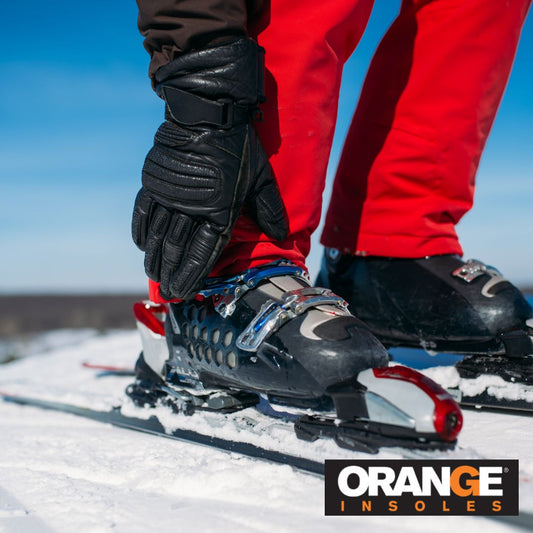After we learn to walk, we learn to run, right? It seems like a simple enough physical activity to take on, but a lot of technique goes into learning how to run properly and if you’re just starting out it’s not as simple as taking off. While running is a great activity to start at any age or skill level, you need to start smart.
While it might seems like, “just running,” every time you do it you put yourself at risk for injuries and if you’re a beginner, you’re even more at risk.
Before you start a running routine, you should be familiar with those common types of running injuries and how you can prevent them. You might be raring to get going but a lot of these common injuries come from overuse so slow your roll, start slow, and get educated before jumping in.
Don’t Forget to Warm Up
Stop! Before you hit the pavement, don’t forget to warm up. Running without a proper warm up is the quickest way to an injury.
All it takes is pushing yourself a bit too hard or not doing a dynamic warm up routine before getting started. Before you run, try:
- High Knees
- Glute kicks
- Grapevines
- Lunges
- Leg swings
Once you warm up, get going. Don’t wait longer than ten minutes or you risk losing the benefits of your warm up.
Common Running Injuries
Plantar Fasciitis
Plantar Fasciitis occurs when the ligament that connects your heel to your toes, the plantar fascia, becomes inflamed. It can cause a stabbing pain in your heels or the bottom of your feet and is most intense first thing in the morning. Prevention is way easier than treatment; the best things you can do are to:
- Stretch and massage your feet and legs regularly. Focus especially on stretching the bottom of your feet and your calves
- Buy new shoes for the best support; this works for helping to prevent all injuries
- Get insoles to correct flat feet or high arches. Orange Insoles may just be the kind you need!
- Fix your running form
Shin Splints
Shin splints is a pretty broad term for any achy pain along your shin. Small tears in the tendons and muscles and around your tibia or your shinbone can get serious if left untreated. Besides strengthening muscles and stretching, it can also be prevented by:
- Increasing running distance slowly, not suddenly
- Using shock-absorbing insoles
- Trying to avoid running on hard surfaces
With proper rest and ice, a mild case can be healed, but you should see a doctor at the first signs of aches or tightness just to be sure.
Iliotibial Band Syndrome
The IT band, the ligament that runs on the outside of your thigh, from your hip to your knee, can get inflamed. It’s often mistaken for a knee injury since most times, the pain and swelling is centered on the side of your knee, but sometimes it’s along the thigh and hip. Ways to prevent IT band syndrome are to:
- Shorten your running stride
- Decrease your running distance at the first hint of pain
- Strengthen hip muscles
- Stretch your hips regularly
Even if pain is inconsistent, you’ll want to see a doctor before you hear the ligament popping or snapping!
Runner’s Knee
Runner’s knee is also known as patellofemoral pain syndrome, a long name for pain around the kneecap. There are many causes for this, so you’ll want to discuss with a professional if you have this kind of pain. Generally, you’ll want to do every prevention method mentioned up until this point to best take care of yourself.
Hamstring Strain
The hamstrings are mainly a group of three muscles on the back of each thigh, but they can also include the tendons around them. They are more prone to injury in sports with lots of quick, jerky movements, but can happen with slow, steady running, too. To prevent this, you’ll want to stretch your hamstrings regularly as well as strengthen them.
Achilles Tendinitis
The achilles tendon, which connects your calf to your heel, can experience stress during or after runs. It may result in achilles tendinitis, which is an inflammation injury that requires calf strengthening and achilles stretches in order to be prevented.
Stress Fractures
Stress fractures are not like other bone fractures. They don’t happen suddenly, but rather over time from the impact of running. They can occur in the foot, shin, hip, knee, pelvis- basically anywhere. The precautions you should take against these kinds of fractures are the same ones taken to prevent shin splints.
With the right knowledge, you can reap the rewards of running without dealing with potentially serious aches and pains. Keep in mind that all of these listed techniques apply towards preventing all kinds of injuries; it’s good advice in general.
Always seek a doctor’s advice for consistent or returning pain, but besides that, keep on running!

























































